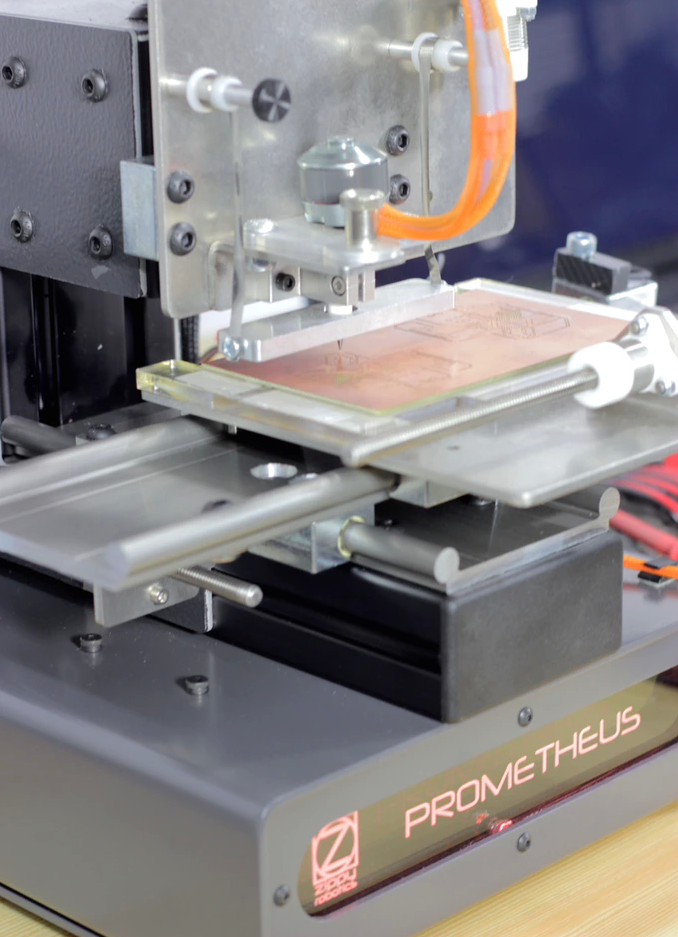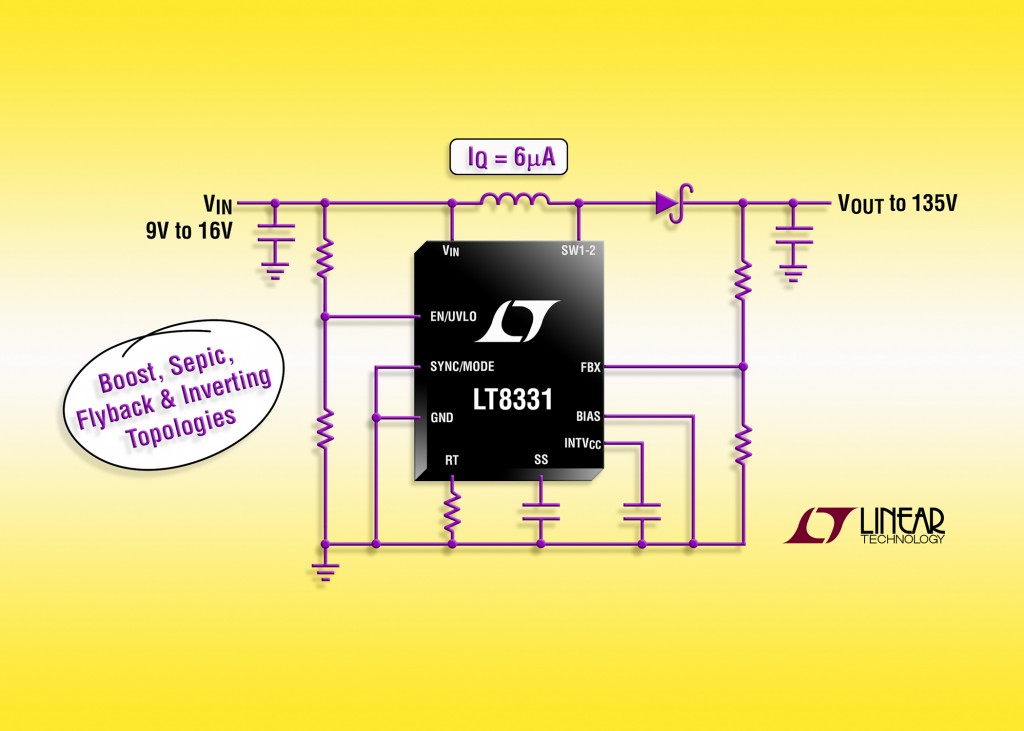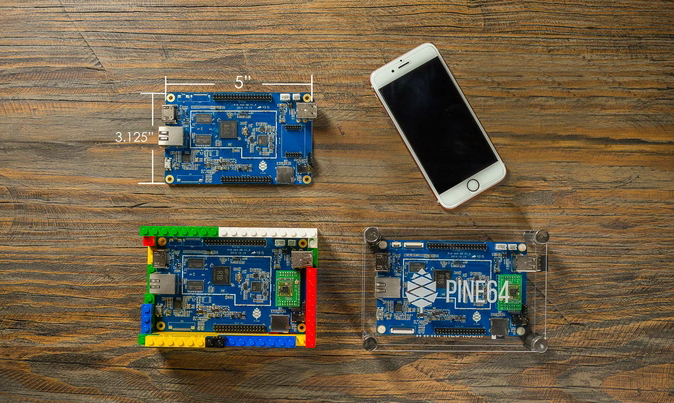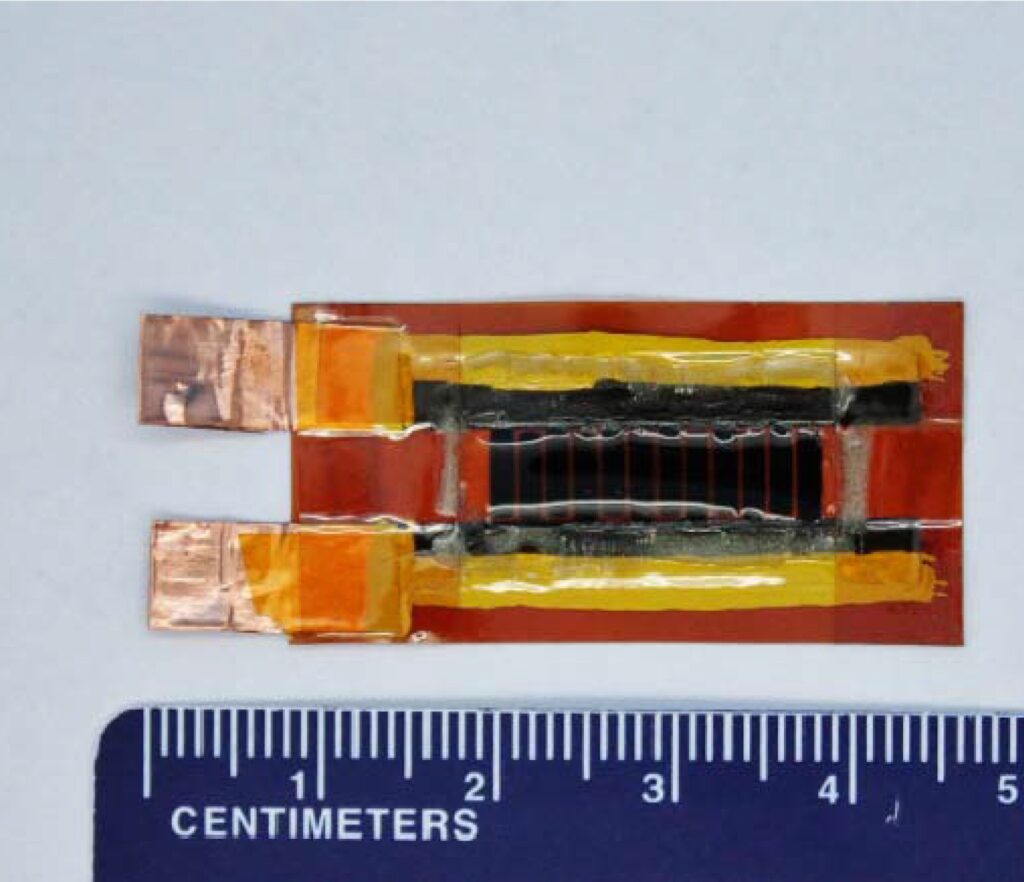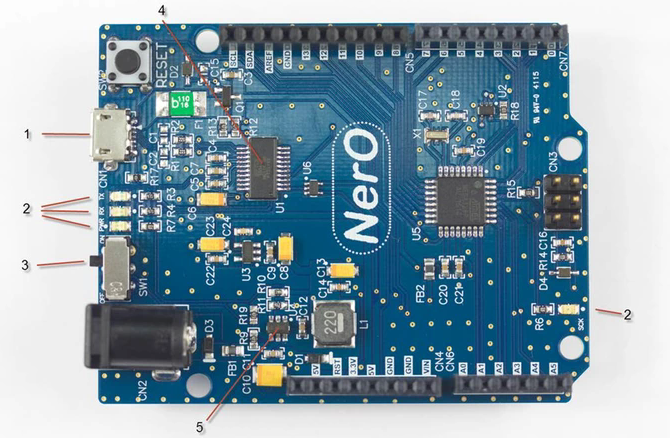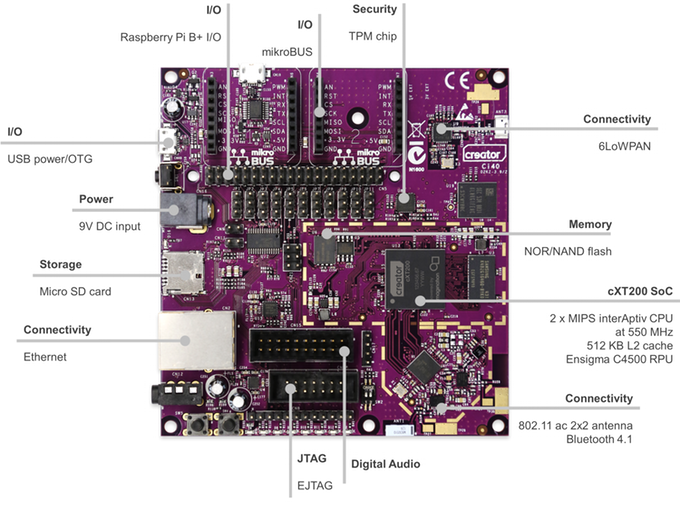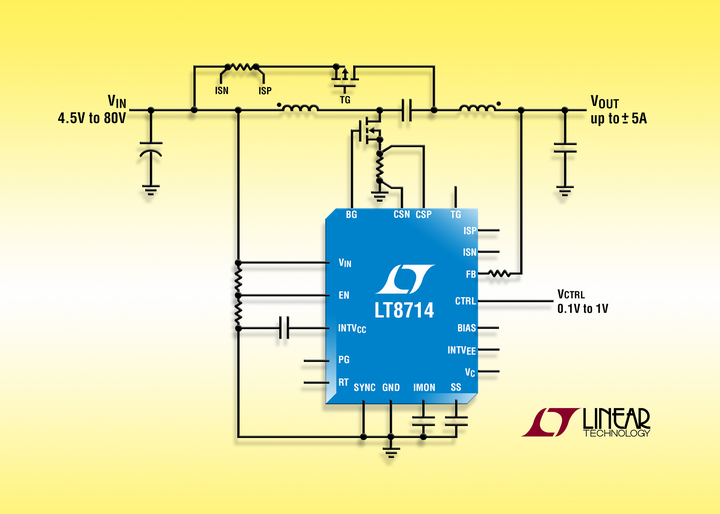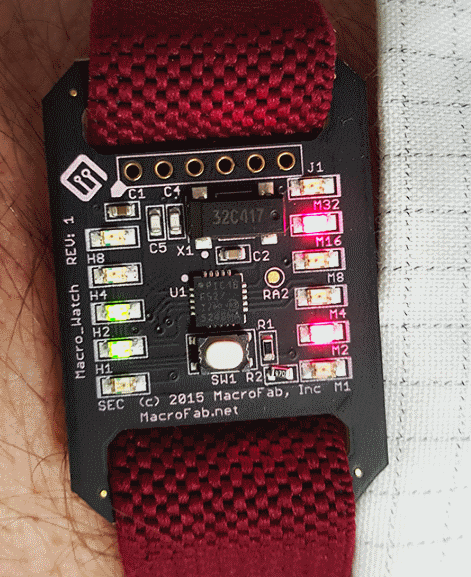The Galvanic Skin Response (GSR) is a property of the skin to exhibit electrical characteristics. It is also known as Electrodermal Activity (EDA), Electrodermal Response (EDR), Electrodermal Level (EDL), Skin Conductance Activity (SCA), Skin Conductance Response (SCR), and a lot more. The GSR utilizes the principle that skin property varies with the state of sweat glands. The electro-physiological signal is generated by the sweat glands, and the sweat is the cause of the variation in resistance and conductivity. The signal can be used for capturing the autonomic nerve responses as a parameter of the sweat gland function.
This reference design is a GSR system that is worn in the wrist. It monitors the user’s skin impedance and temperature. This design features a wellness measurement microcontroller and the TE Connectivity’s micro USB 2.0 that is used as the charging port of this device. The TE micro USB connector is ideal for this application because of its reliability, robustness, and versatility. On the other hand, the microcontroller integrates all the analog front-end and other peripherals required for impedance measurements, including one 16-bit ADC with input MUX and PGA, two 12-bit DACs and two 8-bit DACs, 4 operational amplifiers (OP AMP), 4 uncommitted SPST analog switches, and internal voltage references. This design is powered by LIR2032 rechargeable coin battery. With a mobile device for Android that is free to download, a user can monitor his or her skin resistance and temperature within 20m through the Bluetooth low-energy (BLE) wireless interface.
This reference design is applicable to GSR measurement and other AC impedance measurements. The principle of GSR system is the basis for some significant tools such as electrocardiograph (ECG) and electroencephalograph (EEG). The GSR measurement has a good repeatability. Therefore, it is considered to be a useful tool for examination of the autonomous nervous system function, and especially the peripheral sympathetic system. The GSR devices can be used in medical treatment, lie detection, and wellness monitoring.
Galvanic Skin Response System – [Link]



